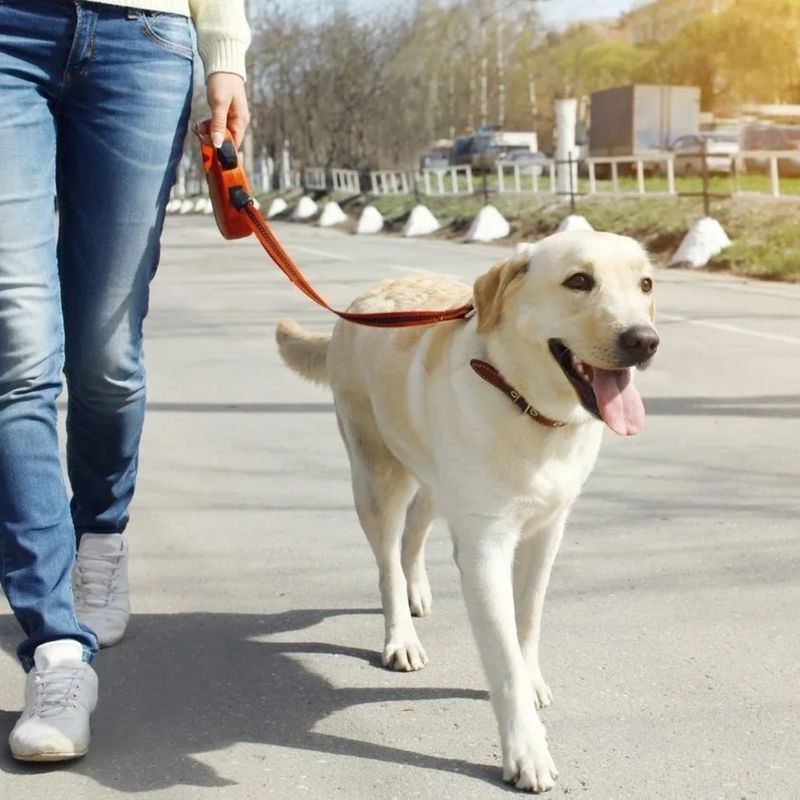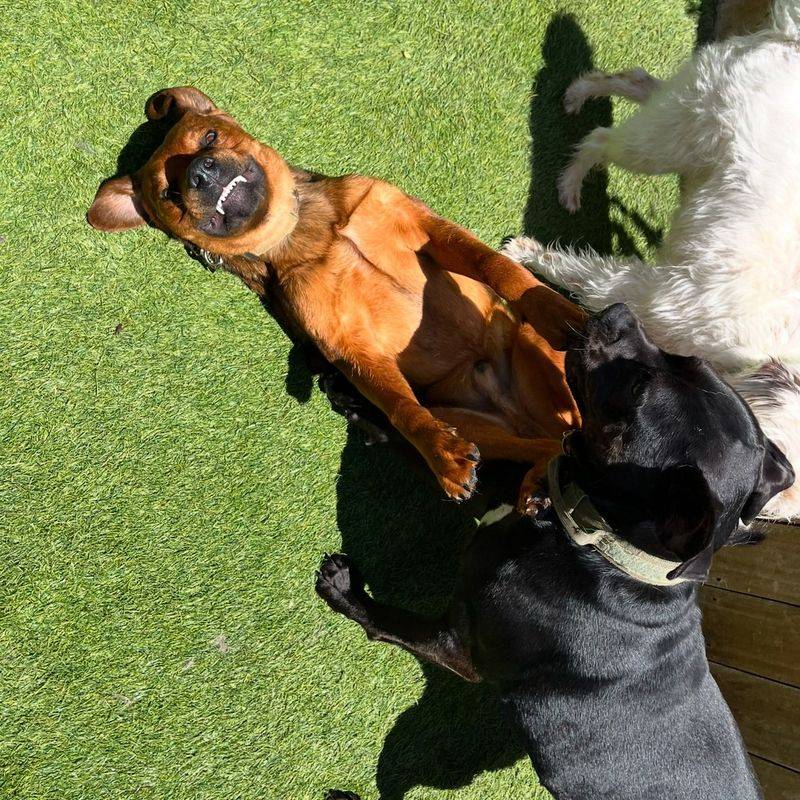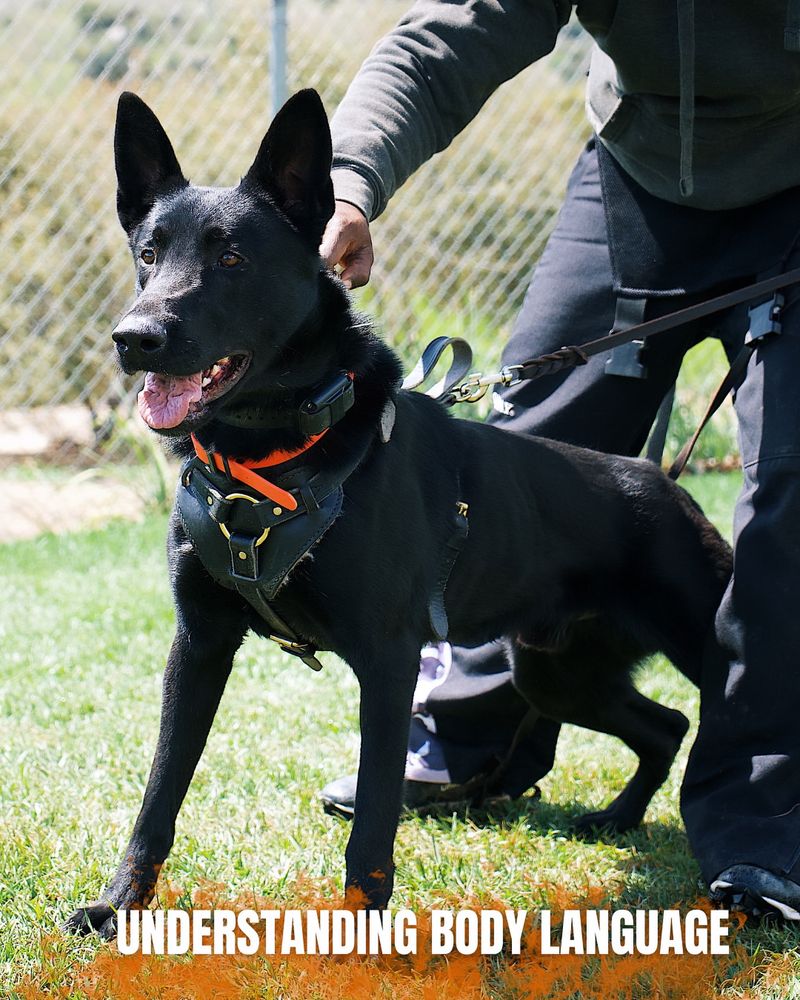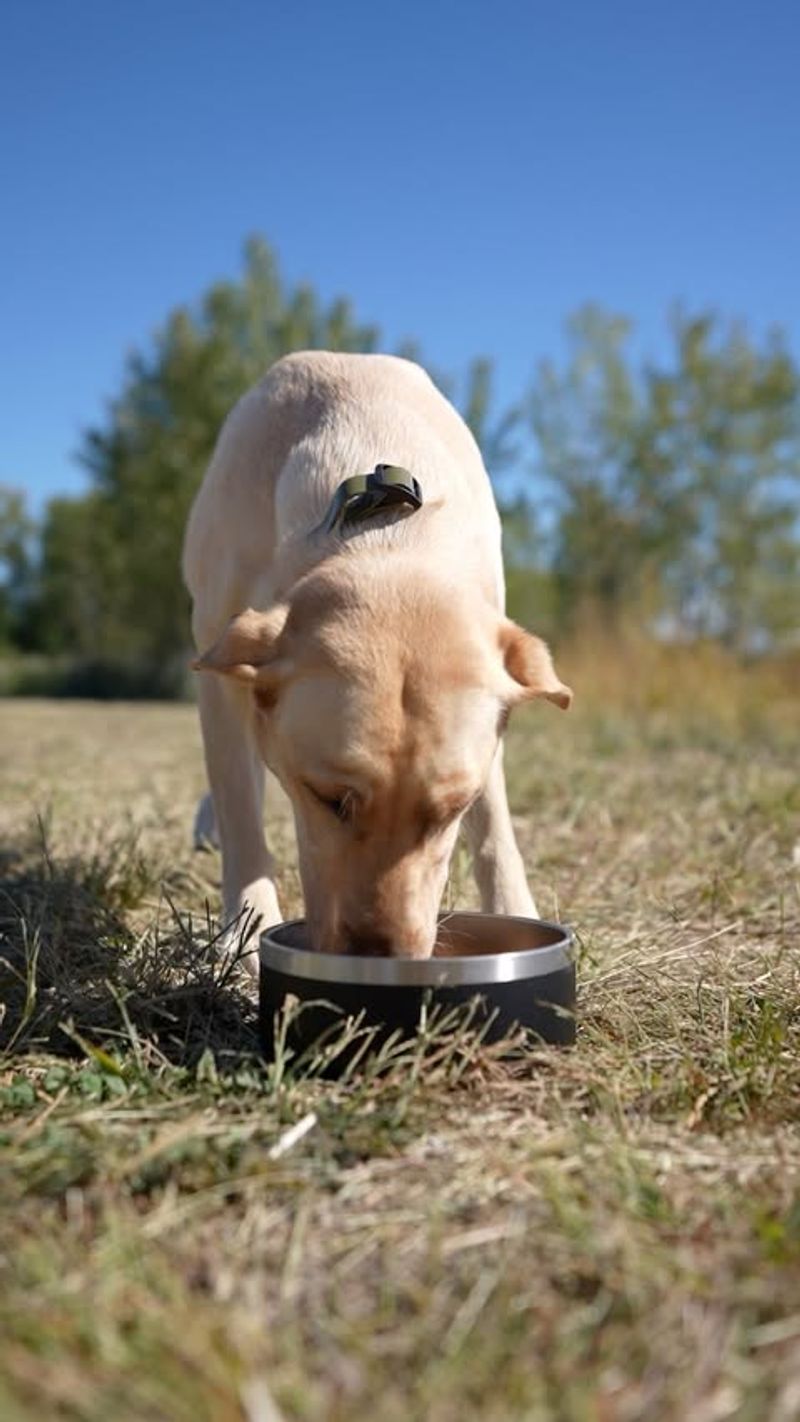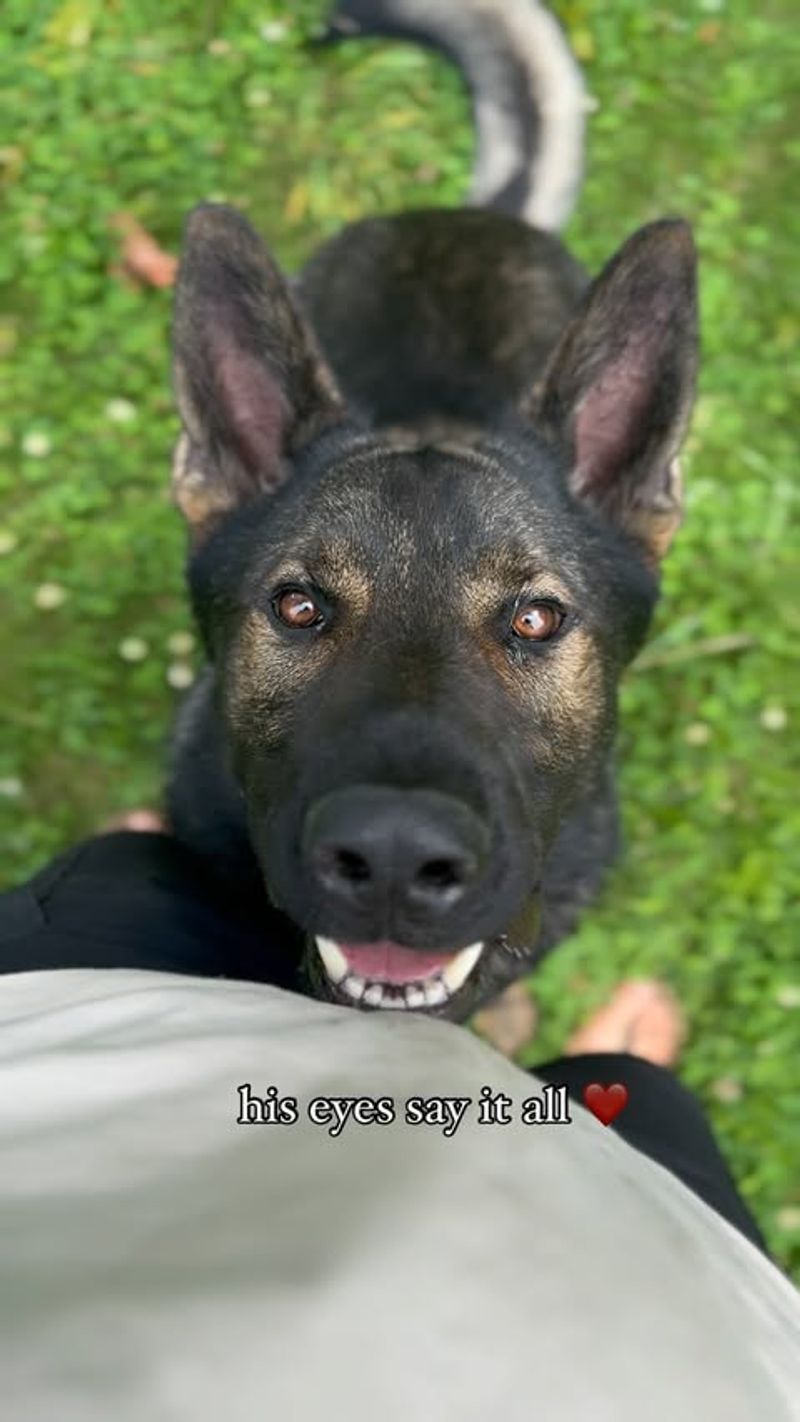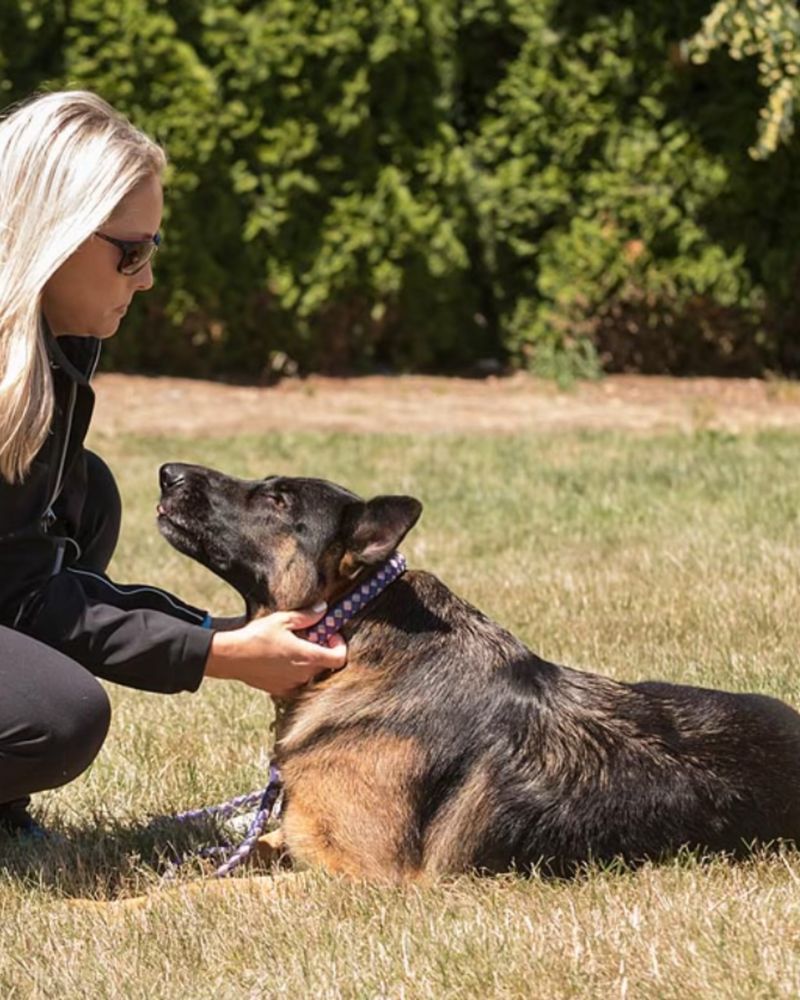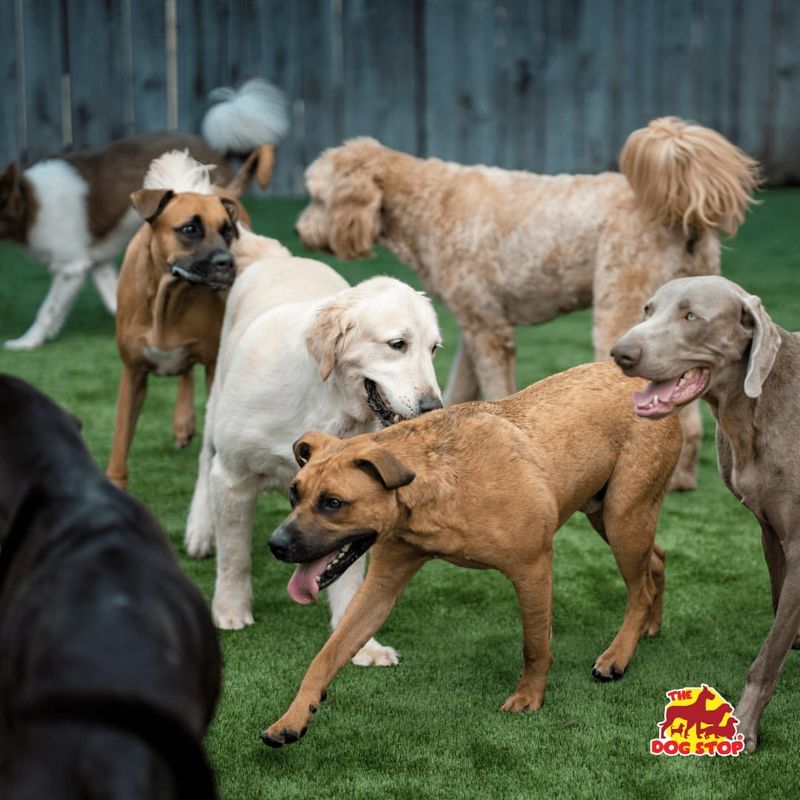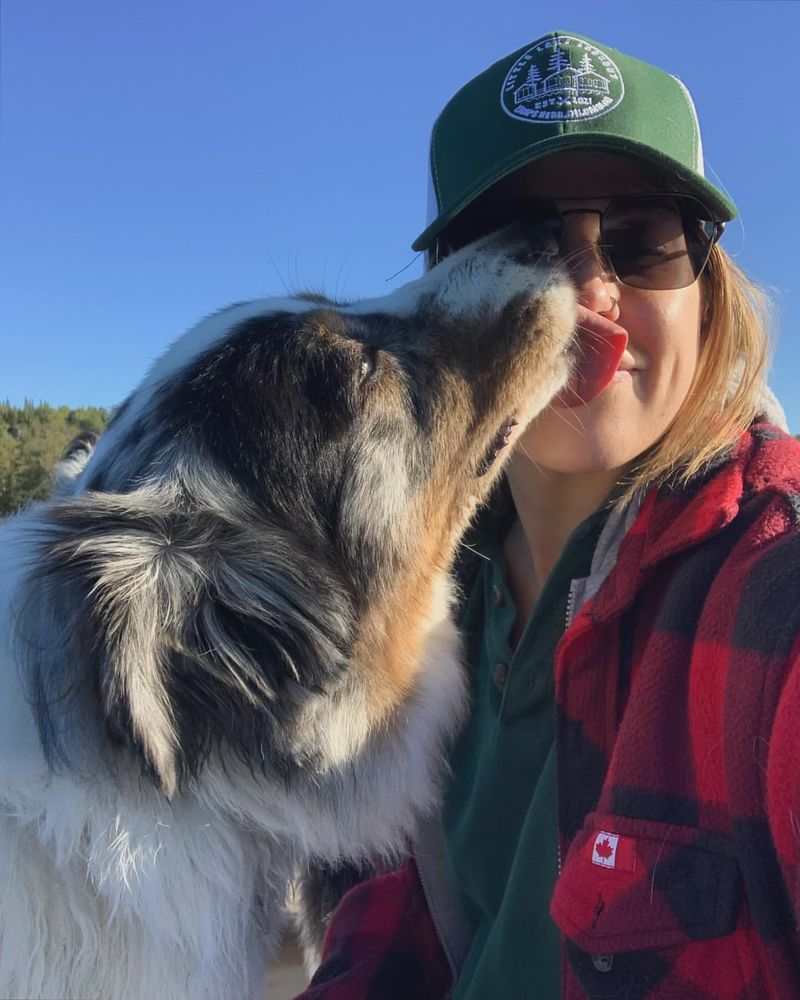Understanding your dog’s emotions can strengthen your bond with your furry friend. Dogs express happiness and sadness through various behaviors and physical cues. Recognizing these signs can help you ensure your pet’s well-being and happiness. In this article, we explore some of the most common indicators of a happy or sad dog.
Wagging Tail
A wagging tail is one of the most recognizable signs of a happy dog. When your furry friend’s tail is moving vigorously, it often indicates excitement and contentment. Dogs express their emotions through tail movements, and a wagging tail usually means they are in a good mood.
Pay attention to the speed and height of the wag, as these can vary with different emotions. Generally, a high and fast wagging tail signifies happiness, whereas a slow wag might indicate hesitancy.
If your dog greets you with a wagging tail, it’s their way of saying they’re happy to see you!
Playful Behavior
Playful behavior in dogs is a clear indicator of happiness. When your dog invites you to play, it’s their way of expressing joy and excitement. Playfulness is not limited to puppies; adult dogs also enjoy a good romp.
Engaging in play helps strengthen your bond with your pet and provides them with much-needed physical exercise and mental stimulation. A happy dog will often initiate play by bringing you their favorite toy or bowing down with their front legs, known as the ‘play bow.’
Embrace these moments, as they are sure to make both of you happier.
Relaxed Body Language
Relaxed body language is a strong signal that your dog is feeling happy and content. When a dog feels secure, they often display a calm demeanor, possibly lying on their back with their belly exposed.
This position indicates trust, as it’s a vulnerable pose in the animal world. You may notice their ears are relaxed, and their eyes appear soft, sometimes half-closed.
These signs show they are at ease in their environment, enjoying their life with you. If your dog regularly displays relaxed body language, it is a good sign of their overall happiness.
Good Appetite
A healthy appetite is a positive sign of a happy dog. When your pet eagerly eats their meals, it usually indicates they are feeling well physically and emotionally.
A content dog will often anticipate their feeding times and may even remind you when it’s dinner time by nudging their bowl or sitting by their feeding area.
However, a sudden change in appetite can be a sign of stress or health issues, so be mindful of any drastic eating behavior changes. Regular eating habits demonstrate that your dog is content and thriving in their daily routine.
Excited to See You
Nothing says happiness quite like a dog that’s thrilled to see you. When your dog greets you with enthusiasm, whether you’ve been away for a few hours or just a few minutes, it’s a sign they are genuinely happy.
This excitement is often shown through jumping, barking, or running in circles. Their entire body language exudes joy, with bright eyes, perked ears, and a wagging tail.
These actions are a testament to the bond you share and indicate that your presence brings them joy. Cherish these greetings as a reflection of your dog’s happiness.
Curiosity and Exploration
Curiosity in dogs is a sign of a healthy and happy mind. When your dog shows interest in exploring their surroundings, whether it’s a new toy, a scent, or a different environment, it demonstrates mental stimulation and satisfaction.
Happy dogs will often engage their senses by sniffing around, listening to new sounds, and looking around actively. This exploration is a form of enrichment that keeps them mentally fit.
Encourage this curiosity by taking your dog on walks to new places, letting them explore safely, and providing them with interactive toys that challenge their minds.
Soft Eye Contact
Soft eye contact with a dog is a sign of trust and happiness. When your dog looks at you with relaxed eyes, it indicates they feel safe and content in your presence.
This type of eye contact is often accompanied by a slow blink or a gentle gaze. It’s a loving gesture that signifies a deep bond between you and your pet.
Avoid staring directly into their eyes for too long, as this can be perceived as a challenge in the animal world. Instead, cherish these moments as they reflect your dog’s happiness and affection.
Sleeping Well
A well-rested dog is often a happy dog. Regular, uninterrupted sleep is essential for a dog’s physical and emotional well-being. When your dog sleeps soundly, it means they feel safe and secure in their environment.
Happy dogs usually have a consistent sleep schedule and find a comfortable spot to rest without disturbances. During sleep, they may twitch or make noises, but these are normal signs of dreaming.
Ensuring your dog has a comfortable sleeping area and a quiet environment will help maintain their happiness and overall health.
Engaging in Training
When a dog actively engages in training, it indicates they are content and eager to please. Training sessions provide mental stimulation and strengthen the bond between you and your pet.
Happy dogs are receptive to learning new commands and thrive on the positive reinforcement they receive. They often participate with enthusiasm and look forward to these sessions as a fun activity.
Regular training not only enhances their obedience skills but also boosts their confidence and happiness. It’s a rewarding experience for both you and your dog, contributing to their overall well-being.
Healthy Coat
A shiny, healthy coat is often a reflection of a dog’s well-being and happiness. When your dog’s fur is smooth and glossy, it usually means they are receiving proper nutrition and care.
Happy dogs often groom themselves regularly and might even enjoy a good brushing session from you. Regular grooming helps remove loose fur and stimulates natural oils that keep their coat healthy.
If you notice any changes in their coat’s condition, it could be a sign of stress or health issues. A healthy coat is a testament to your dog’s happiness and overall health.
Social Interaction
Social interaction is crucial for a dog’s happiness. When your dog enjoys the company of other dogs and people, it’s a sign they are happy and well-adjusted.
Happy dogs typically greet others with wagging tails and playful behavior. Regular interaction with other dogs and humans helps them develop social skills and reduces anxiety.
Organize playdates or visits to dog parks to encourage these interactions. By ensuring your dog is socialized, you contribute to their mental and emotional happiness, creating a well-rounded and content furry friend.
Licking You
Licking is a form of communication for dogs, often showing affection and happiness. When your dog licks you, it’s their way of telling you they love and trust you. This behavior can also be soothing for them and a sign of submission.
Happy dogs might lick your hand or face when they’re feeling particularly affectionate. It’s essential to recognize and appreciate these gestures, as they strengthen your bond.
While excessive licking can sometimes indicate anxiety, moderate licking is a genuine expression of your dog’s happiness and affection towards you.
Calm in New Situations
Calmness in new situations reflects a happy and confident dog. When your dog remains composed in different environments, it shows they feel secure and content.
Happy dogs are less likely to become anxious or aggressive when faced with new experiences, whether it’s meeting new people or visiting unfamiliar places. This calm demeanor is often due to proper socialization and a strong bond with their owner.
Encourage this behavior by gradually introducing your dog to new situations, ensuring they feel safe and supported. A calm dog in new settings is a happy and well-adjusted companion.
Changes in Appetite
Changes in appetite can be a subtle yet significant indicator of sadness. Some people eat less, losing interest in meals they once enjoyed, while others may find comfort in food, leading to increased eating.
This fluctuation can impact overall health, affecting energy levels and mood stability. It’s not just about the food itself but what it represents: a shift in emotional state.
If you notice these changes in yourself or others, it might be time to check in emotionally and explore underlying feelings. Sharing meals with loved ones can also foster connection.
Lack of Energy
Feeling drained or unusually fatigued can be a sign of sadness. This lack of energy often leads to difficulties in completing even simple daily tasks.
The physical heaviness experienced isn’t just about tiredness; it often reflects a deeper emotional burden. Individuals may find themselves wanting to sleep more but never feeling truly rested.
If this resonates, consider evaluating your sleep patterns and emotional health. Small, manageable activities like a short walk can sometimes help in regaining some energy and motivation.
Withdrawal from Social Activities
A noticeable withdrawal from social activities can indicate sadness. This might manifest as avoiding gatherings or declining invitations to events once eagerly anticipated.
The desire to be alone is not merely about needing space; it often reflects a struggle to engage with joy or enthusiasm. This emotional retreat can further isolate individuals, making it harder to seek help.
Encouraging gentle social interactions or reaching out with understanding can help bridge this emotional gap, offering comfort and support during tough times.
Frequent Tearfulness
Frequent tearfulness can be an immediate and visible sign of sadness. These tears may flow unexpectedly, triggered by thoughts, memories, or even seemingly unrelated events.
Crying can be a natural and necessary emotional release, offering relief and a way to express feelings that might be difficult to articulate otherwise. However, persistent tearfulness without a clear cause can be concerning.
It’s essential to acknowledge these feelings and consider seeking support from a friend, family member, or professional to explore the underlying emotions driving this response.
Difficulty Concentrating
Struggling to focus or concentrate can often accompany feelings of sadness. This difficulty might manifest as forgetting tasks, losing track of time, or being unable to engage in activities that require sustained attention.
The mind wanders, often preoccupied with emotional concerns, making it challenging to stay present. This can impact work, studies, or even hobbies, leading to frustration and a sense of inadequacy.
Addressing this requires understanding the emotional roots and possibly seeking strategies or support to improve focus and mental clarity.
Increased Irritability
Irritability can often mask sadness, presenting as frustration or annoyance over small matters. This heightened sensitivity can lead to conflicts and misunderstandings with others.
The underlying sadness might be difficult to identify, as irritability is sometimes more socially acceptable or easier to express. This emotional friction can strain relationships, making it important to recognize the signs.
If you find yourself or someone else unusually irritable, it might be beneficial to explore the emotional landscape beneath the surface with empathy and patience.
Loss of Interest in Hobbies
Losing interest in hobbies or activities once enjoyed can be a sign of sadness. This lack of enthusiasm may lead to abandoning projects, sports, or creative pursuits that previously brought joy.
The activities themselves aren’t the issue; rather, it’s the emotional state that makes them seem irrelevant or unappealing. This disconnection from passion can further dampen mood, creating a cycle of disengagement.
Rekindling interest might require gentle encouragement, setting small goals, or finding new, exciting alternatives that align with current emotional needs.

